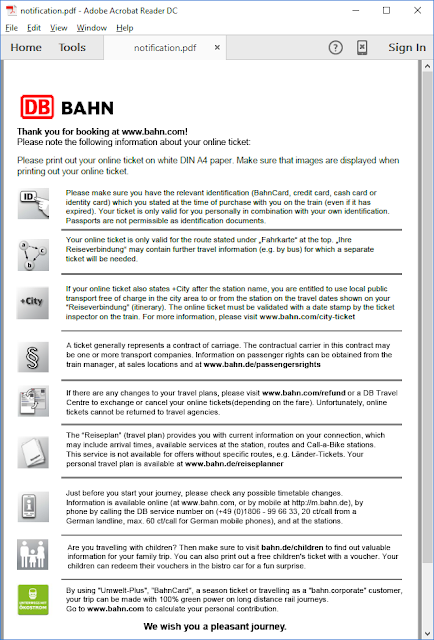Introduction
One of the problems is that PDF has very sophisticated drawing model, so it can’t be translated one to one even using HTML5 features. It means that complex drawings won’t be nicely converted using traditional methods, but we have implemented a solution that gives predictable results even for files containing advanced vector drawings.
Every graphical object will be converted to image using the same graphical engine as used in Apitron PDF Rasterizer product, while the text objects will be handled by the web browser. As a result you may expect PDF to HTML conversion to work fine in almost all cases.
The code
The following code sample
demonstrates how to convert PDF to HTML. As it can be seen from the code below,
we’re using HtmlPage option for this
conversion with default resolution for images (72 dpi as PDF default). It’s
also possible to convert using HtmlFragment
option creating a DIV object that can be embedded into the existing container
(other DIV for example).
class Program
{
static void Main(string[] args)
{
// open
pdf document
using (Stream inputStream = File.OpenRead("../../data/notification.pdf"))
{
using (FixedDocument doc = new FixedDocument(inputStream))
{
//
create output file
using (TextWriter writer =
new StreamWriter(File.Create("c:/out.html"),Encoding.UTF8))
{
Page page = doc.Pages[0];
// write returned html string to file
writer.Write(page.ConvertToHtml(TextExtractionOptions.HtmlPage));
}
}
}
Process.Start("c:/out.html");
}
}
The complete example can be
found in our github
repository. It’s also possible to extract only drawings from PDF page, check page’s ExtractDrawings method for the details.
Original PDF document opened in PDF viewer:
 |
Pic. 1 Original PDF file before conversion
|
Converted from PDF to HTML using Apitron PDF Kit for .NET:
 |
Pic. 2 Converted HTML file opened in MS
Edge
|
Summary
While PDF to HTML conversion is a
hard task to implement it properly, we’ve made a significant improvement in
this area and hope you’ll like this new functionality added into the Apitron PDF Kit product. It’s now
in publicly available beta stage, so we’d highly appreciate your feedback and
comments. Please don’t hesitate to contact us with any questions or concerns.


